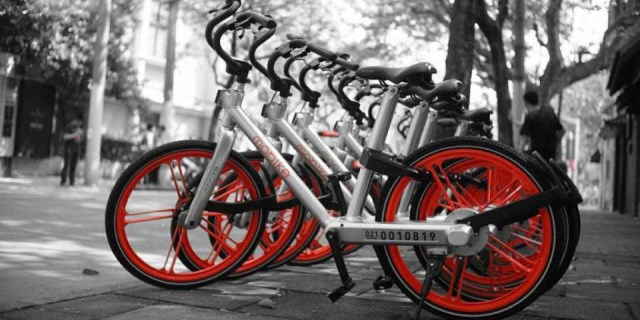Mobyke or Ofo? A patent perspective

Looking back at the year just passed, many have noticed that a new kind of bicycle emerged in Shanghai in 2016. The bike sharing without station is indeed changing the way of commuting for short distance within the city. A large amount of bicycles without garage and stake could be found at many metro stations, shopping malls and residential areas around the city. Everyone who wants to ride a bicycle could download an APP on the cell phone, pay the deposit and then rent one bicycle by very low price. When traveling, the user could simply open the lock by scanning a QR code engraved on the bicycle. The mileage and time for riding the bike will be calculated by the APP and the rental will be automatically charged. Up to now, tens of thousands of bicycles are running every day in the whole Shanghai city, facilitating people’s daily life.
In spite of a couple of brands, the two most important and renowned brands are Mobike (metal & orange bike) and Ofo (yellow color one). Both companies have just completed several rounds of financing and both obtained a great amount of investment. As such, we could see that these two companies were, are and will be competing in nearly every aspect.
As patent guys, we habitually pay attention to the patent portfolios to evaluate competitors in a certain market. With this purpose, we conducted the patent search by using the applicant names. According to our research, Mobike (北京摩拜科技有限公司) owns 28 patents and surprisingly Ofo (北京拜克洛克科技有限公司) only owns 1 patent.


In deep contrast, however, the Ofo company has applied only 1 granted utility model patent to protect a so-called“artificial intelligent lock”. It means that the Ofo company neither applies invention applications in an attempt to protect the communication and management system nor applies design applications to protect the model of the bike or parts.

We admit that invention applications could only be searched after publication (which usually happen 18 months after the filing), and utility model and design patents after grant (which usually happen 6 months after the filing). As such, both Mobike and Ofo companies may have applied more patents which cannot be retrieved and analyzed at this stage.
However, based on the preliminary analysis, we might conclude that Mobike paid more attention to patent application. It is needless to emphasize the importance of patents for the survival and development of a tech-oriented company. If Mobike continues to apply for more patents, we may predict that Mobike will find in its hands a powerful tool to restrain its competitors, and not only Ofo, but newcomers.


